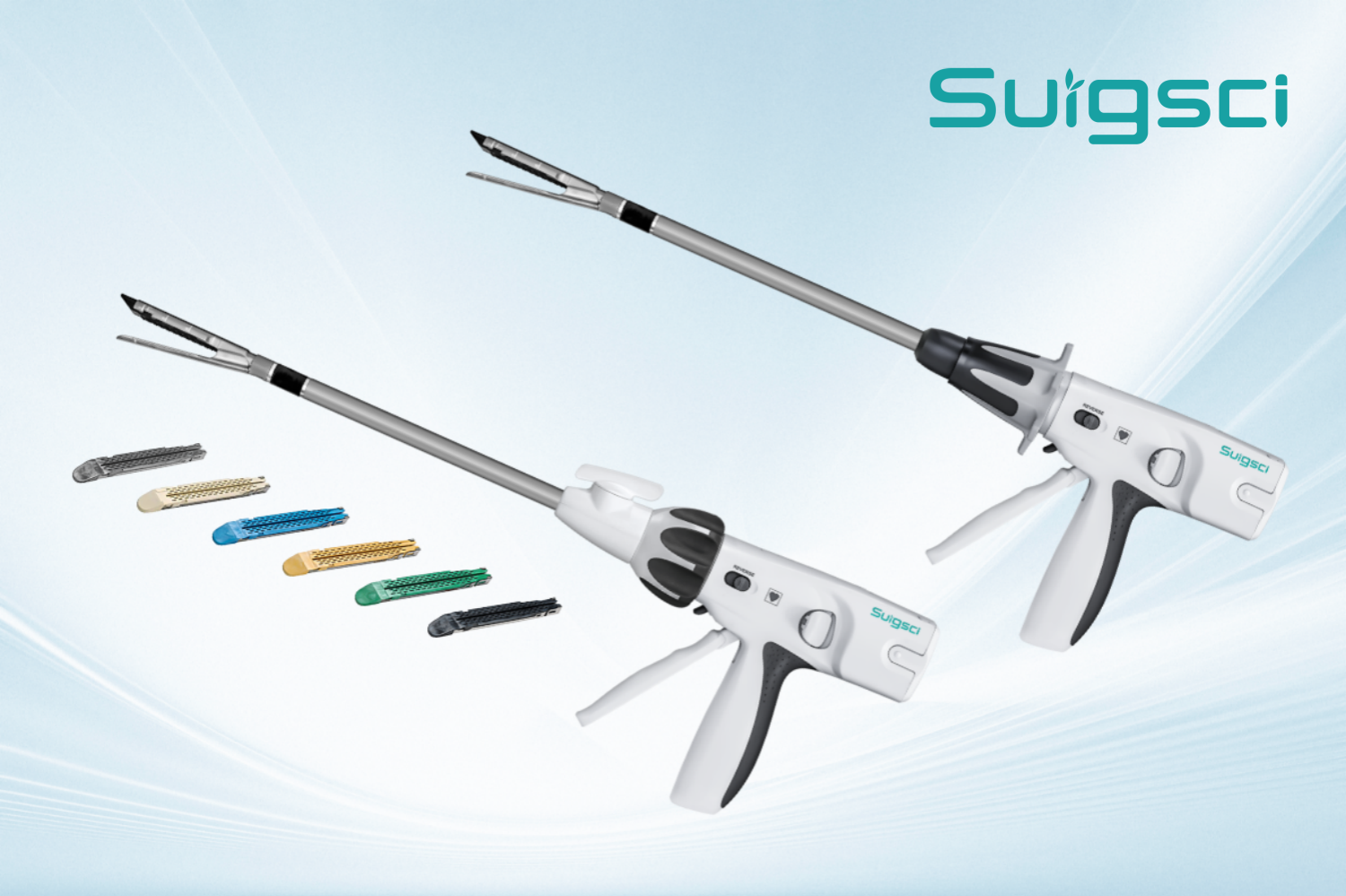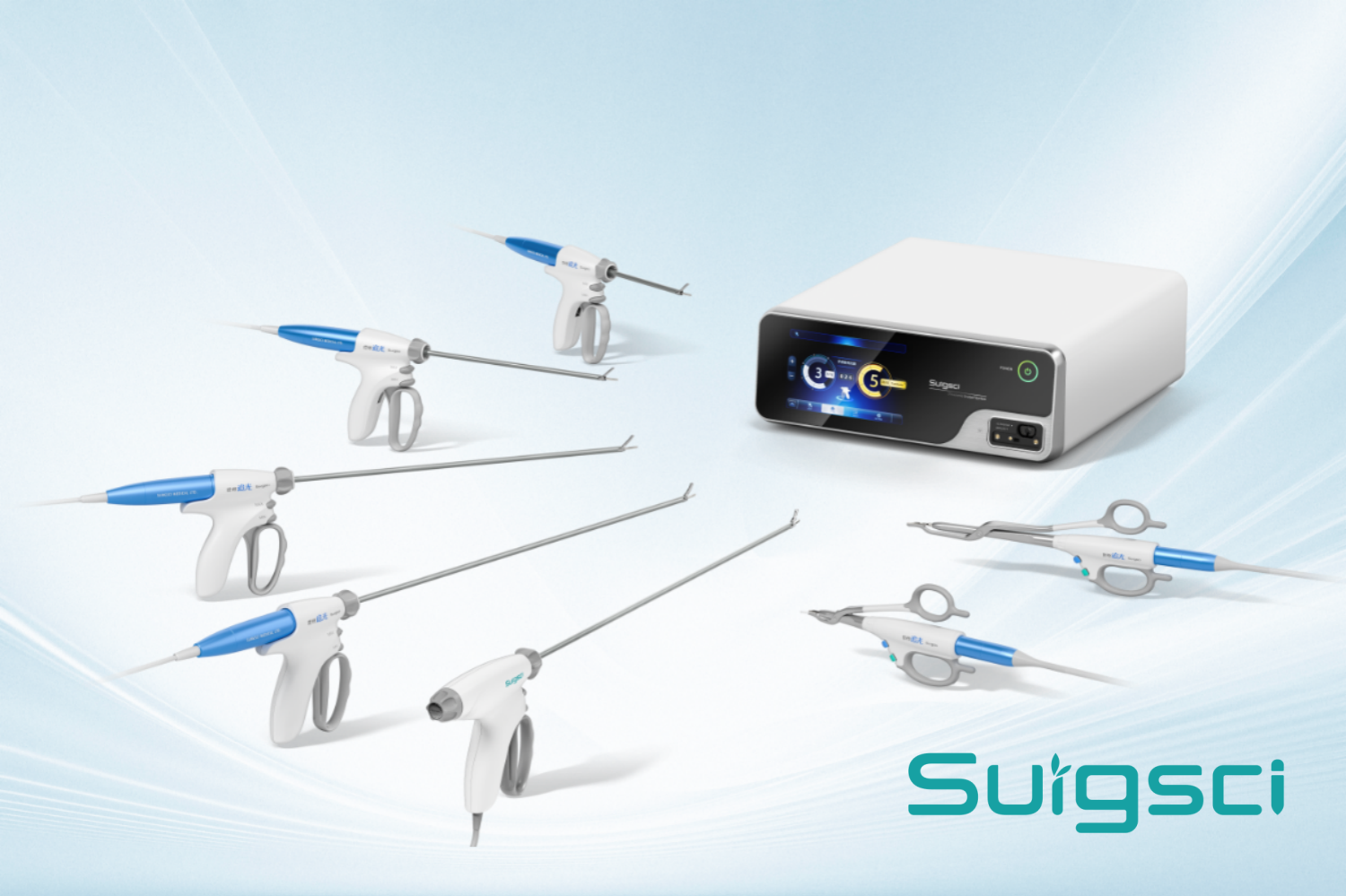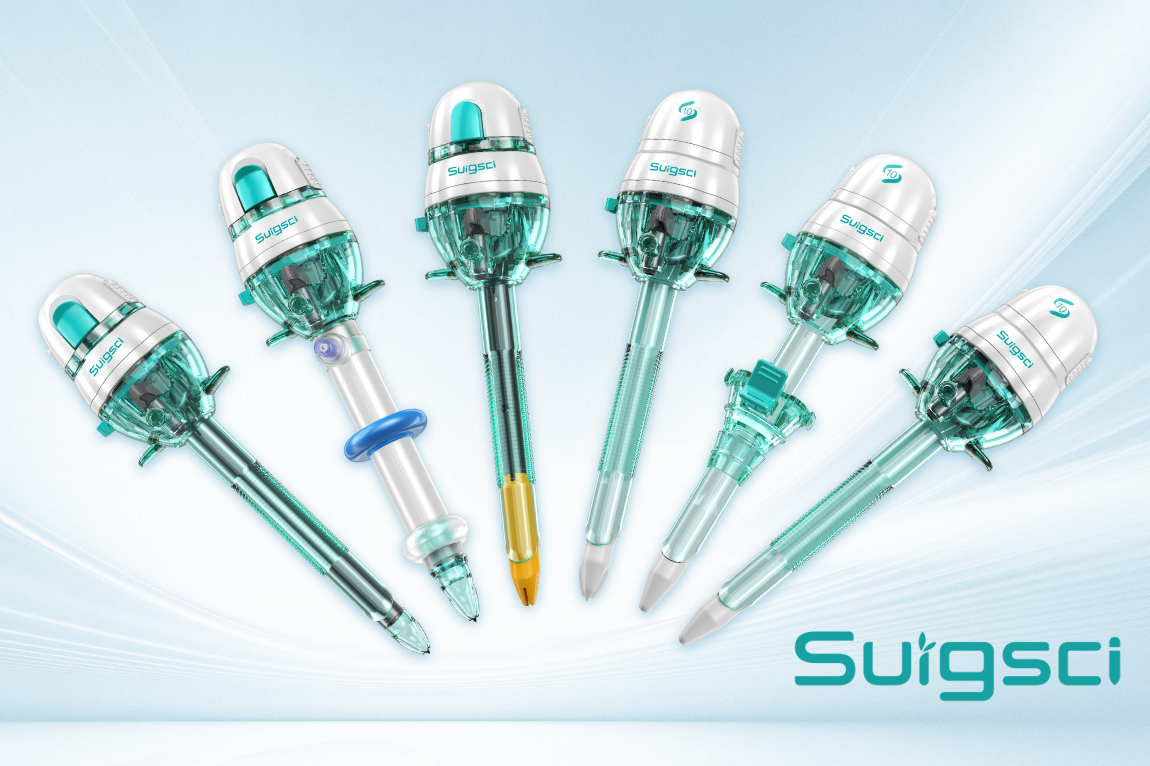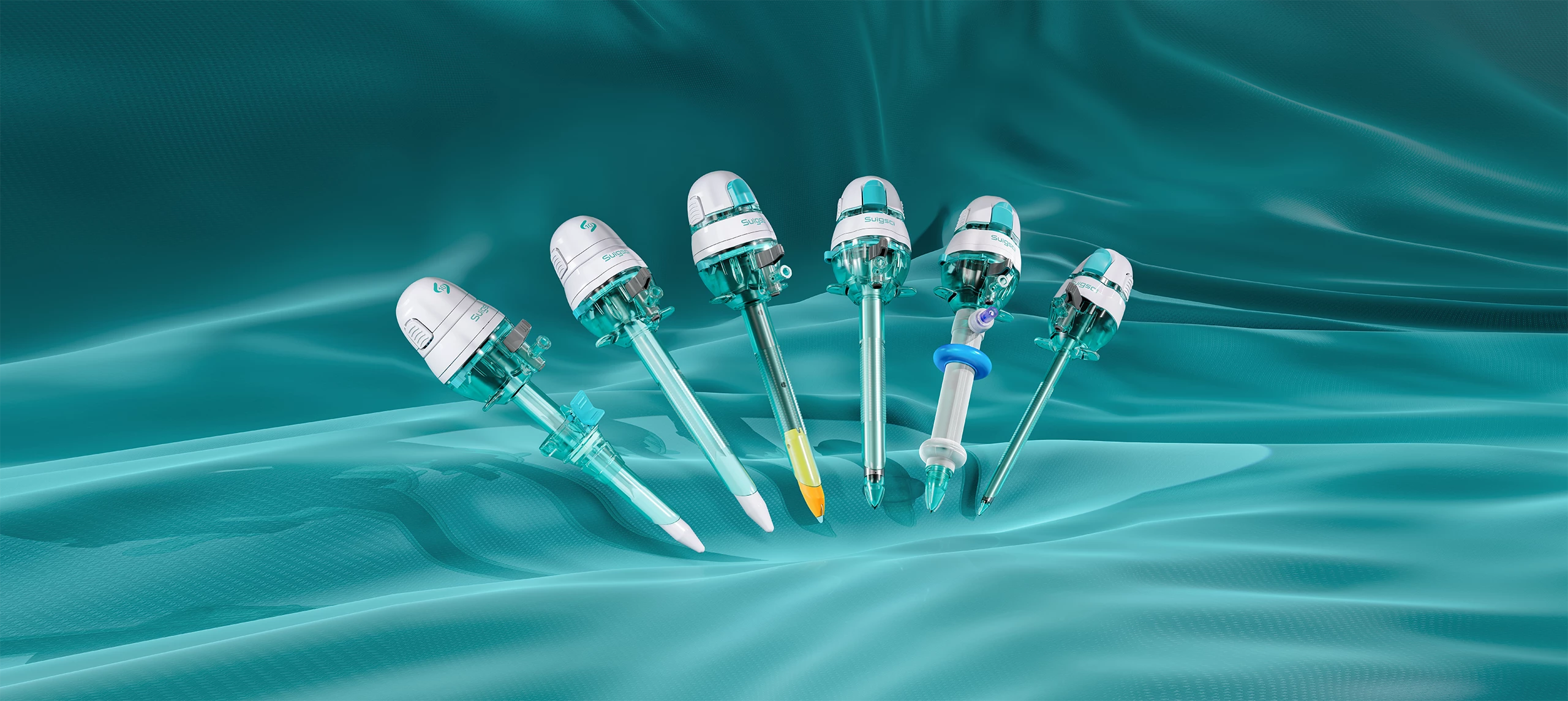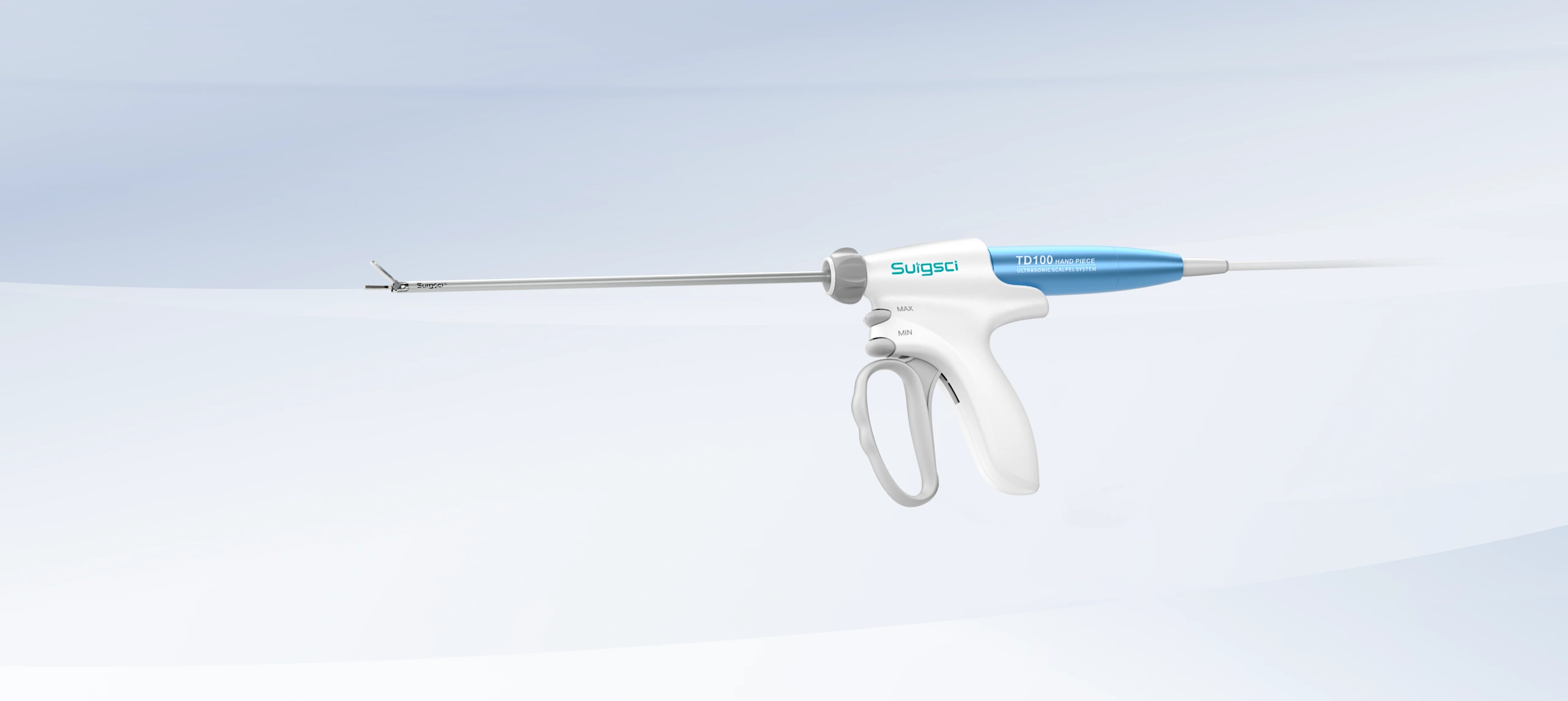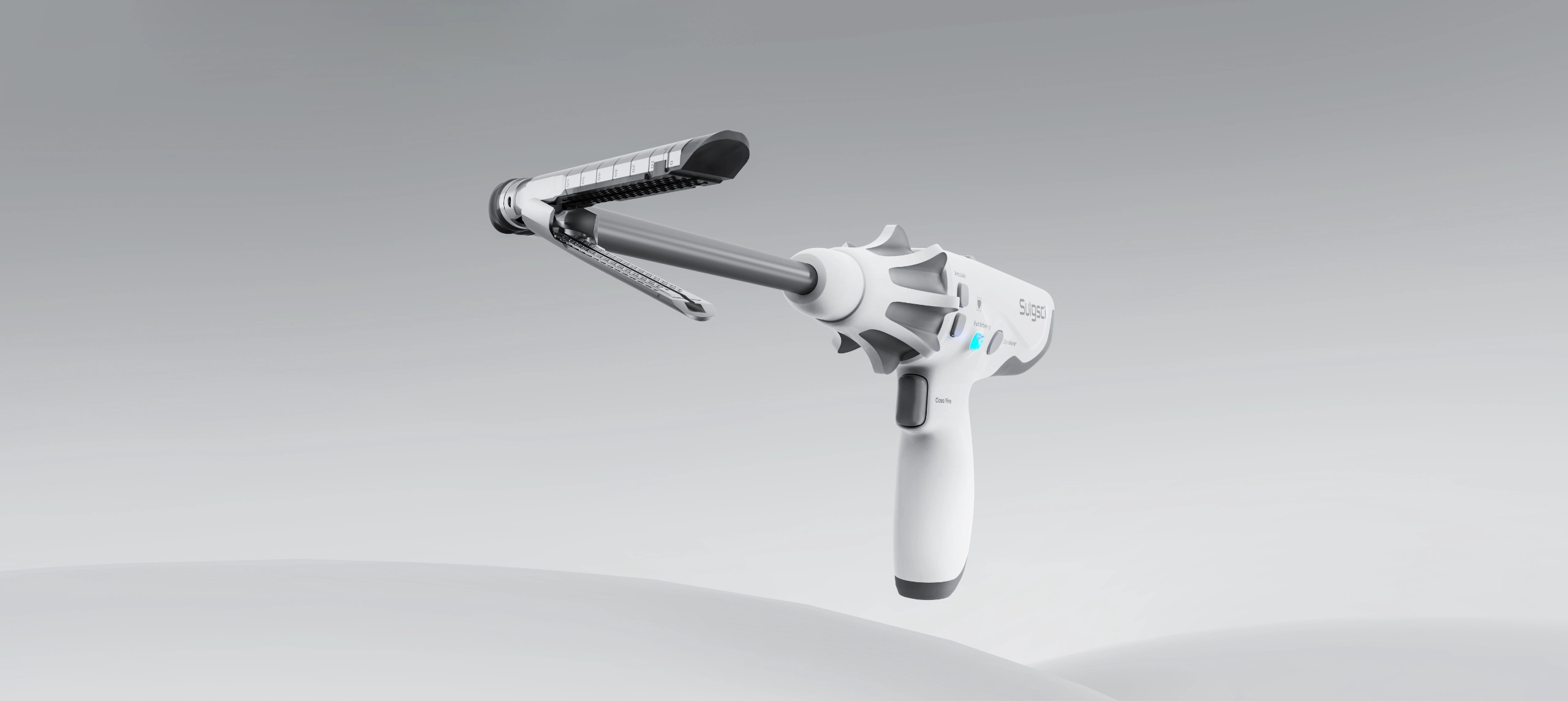A laparoscopic trocar consists of three essential components: the obturator, the cannula, and the seal. Let’s break down their roles:
Obturator: The obturator is a pointed, often triangular instrument used to pierce the body wall and create an initial entry point. Think of it as the “key” that opens the door to the abdominal cavity during laparoscopic surgery.
Cannula: The cannula serves as the hollow tube through which instruments or cameras are inserted into the body cavity. It’s like the tunnel that allows access to the surgical site. Cannulas come in various sizes and shapes, customized for specific surgical needs.
Seal: An important feature in modern trocars, the seal helps maintain pneumoperitoneum. Pneumoperitoneum involves insufflating the abdominal cavity with gas (usually carbon dioxide) to create a working space for the surgeon. The seal ensures a gastight environment by preventing gas escape, allowing the procedure to proceed smoothly.
Modern laparoscopic trocars prioritize safety and efficiency. Some trocars have safety shields that retract upon entry, protecting internal organs. Others incorporate optical systems for visual guidance during insertion. Additionally, trocars are available in both reusable and disposable variants, each offering advantages based on the surgical context and economic considerations.
Surgsci Medical Ltd. is a reputable manufacturer and supplier of laparoscopic trocars. We offer OEM services and a wide range of trocar sizes and models for you to choose from.
Contact us:
Email: service@surgsci.com
Website: www.surgsci.com

